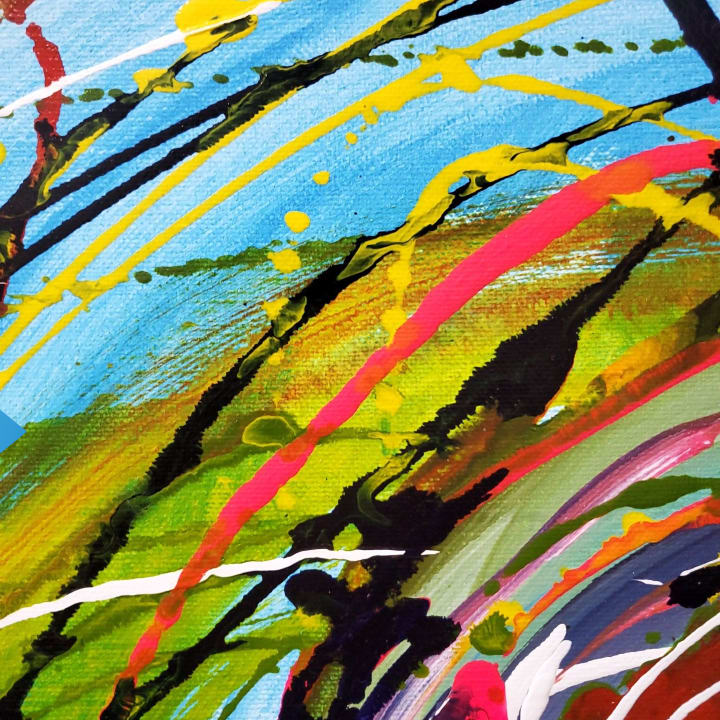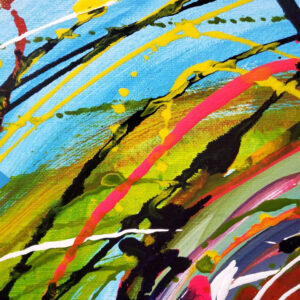Watercolour Tips for Painters

Following are some tips to improve your Watercolour painting which you may or may not have thought of as you develop your watercolour skills.

- Paper quality
There are different kinds and grades of watercolor and watercolor paper, each has its own consistency and behaves differently. The quality of the watercolor painting is heavily influenced by the grade of paper that the painting is on. This is more pronounced when applying the techniques such as wet in wet and dry color lifting. Texture grade are also important consideration when applying a dry brush technique. The rule of the thumb when choosing a watercolor paper is that the more expensive and popular the brand used, the easier the work becomes for the artist because of the consistency and the high quality of materials that are used.

2. Working fast
There are a variety of effects that could be taken advantage when working fast. First, to regulate the paint flow will not allow the artist to rest until a particular aspect of the work is finished. The effects that are obtainable in working fast allows for better blending and mixing of colors that could never be done when the paint is allowed to thicken let alone dry. The same goes for color dominance, and the production of feathery, rugged edged and dreamy textures that only a watercolor could produce. Watercolor is not an easy medium to work on. But for those who will or have learned to regulate the flow of the paint, the wetness inherent to watercolor painting is actually a good control device.
3. Light fastness
Light fastness is also a major consideration when you want the painting preserved. Watercolor pigments have acquired a reputation for impermanence because unlike oil and acrylic that has protective binders, watercolors are painted directly on paper and is exposed. Because of this, that pigments do not retain its color and its brilliance overtime. Today though, major improvements have been done to retain lightfast watercolors which is indicated by a manufacturers numerical rating printed in the tube or the packaging.
The main reason that excellent watercolor paintings are considered less in value than oil or acrylic is its previous inability to hold its color. Today though, technological improvements are achieved for watercolor pigments that in fact, watercolor paintings with high light fastness rating painted on archival paper holds it colors and brilliance longer than oils and acrylics.

4. Tube or Pan
Choose tube. It is more difficult to achieve very dense color when you use a dry watercolor from a pan. It is also easier to keep raw colors in tubes. Minor difference but it counts for coming with very good, well preserved and well-defined colors. Other than that, there is no visible difference between a tube color and those that comes from pans.

5. Scumbling
While the preceding watercolor painting tips are relatively new, scumbling dates back to the practice of watercolor application in the 19th century. Otherwise known as dragging or crumbling the color, scumbling is loading a moist brush with large amounts of color and dragging the tuft lightly along the paper to produce different textures and are typically used by watercolorists with more advanced brush handling skills.
Leave a Reply